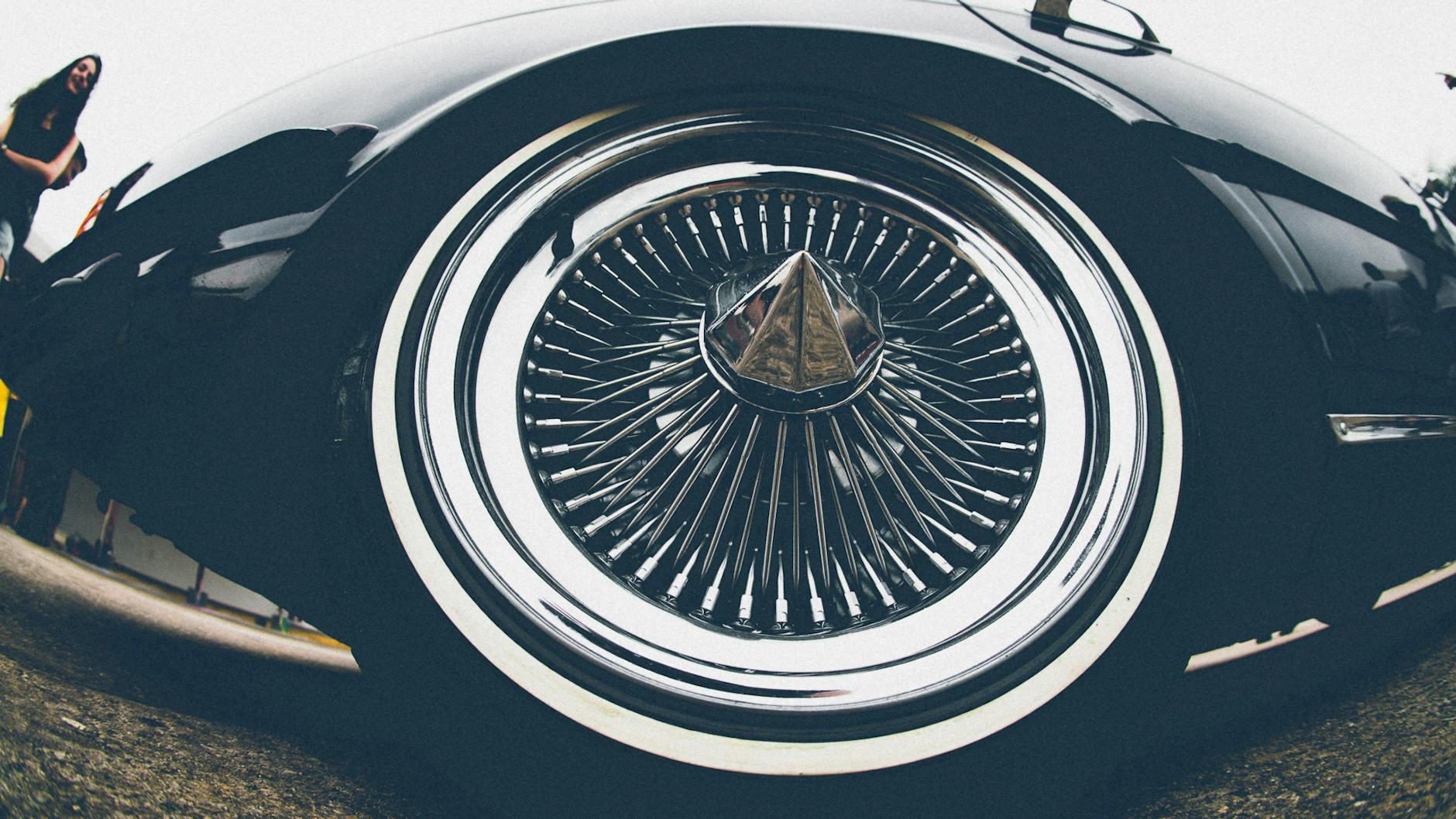Pro Tips: Auto Ceramic Coatings 101

Ceramic coatings have revolutionized the way we protect our vehicles, offering an innovative solution for preserving the paint and shine of our cars. As a car enthusiast, you understand the importance of maintaining the aesthetic appeal of your vehicle while also protecting it from the elements. This guide will walk you through the essentials of auto ceramic coatings, providing expert insights for enhanced vehicle protection and shine.
What Are Auto Ceramic Coatings?
Auto ceramic coatings are a chemical polymer solution that is applied to the exterior of a vehicle to protect it from external paint damage. Typically applied by hand, it blends with the paint of your car and creates an additional hydrophobic layer of protection. This layer is not only tough against contaminants but also repels water, making it easier to keep the car clean.
Benefits of Ceramic Coatings
- Long-lasting Protection: Unlike traditional waxes that wear off over time, ceramic coatings can last several years with proper maintenance.
- Enhanced Gloss and Shine: Ceramic coatings can give your car a shiny, "just-waxed" look that lasts much longer than conventional wax.
- Superior Hydrophobicity: The water-repelling properties mean that mud and grime will have a harder time bonding with your car's paint.
- UV Protection: With a ceramic coating, your car's paint will be protected from the sun's harmful UV rays, preventing oxidation and fading.
- Scratch Resistance: While not completely scratch-proof, ceramic coatings can reduce the risk of minor scratches.
Application Process
- Preparation: Before applying a ceramic coating, the vehicle must be thoroughly washed and decontaminated. Any dirt or grime left on the paint can cause imperfections.
- Paint Correction: If necessary, a paint correction process should be undertaken to remove any scratches or swirl marks. The ceramic coating will lock the paint's condition, so you want it to be flawless.
- Application: The ceramic coating is carefully applied to the vehicle's surface, panel by panel, ensuring even coverage.
- Curing: After application, the coating needs time to cure. This process can take several days, during which the car should not be exposed to the elements.
Maintenance Tips
- Wash Regularly: Keep your vehicle clean by washing it with a pH-neutral shampoo, which will not harm the ceramic layer.
- Avoid Harsh Chemicals: Strong solvents and degreasers can deteriorate the ceramic coating, so it's important to use proper detailing products.
- Inspect Periodically: Check your coating periodically for any signs of wear or damage, so you can address them promptly.
Choosing the Right Ceramic Coating
When selecting a ceramic coating for your vehicle, consider the following:
- Durability: Higher-grade coatings tend to offer longer protection.
- Price: You often get what you pay for, so investing in a quality product can be beneficial in the long term.
- Professional vs DIY: Professional coatings typically require an expert application and specialized equipment, while DIY kits are more accessible but may not offer the same level of performance.
Conclusion
Ceramic coatings represent an excellent investment in the longevity and beauty of your vehicle. By following the tips provided, you can ensure that your car not only turns heads but also stays protected from the elements and the rigors of the road. Whether you're a seasoned car enthusiast or new to the world of ceramic coatings, embracing this technology will keep your vehicle shining for years to come.